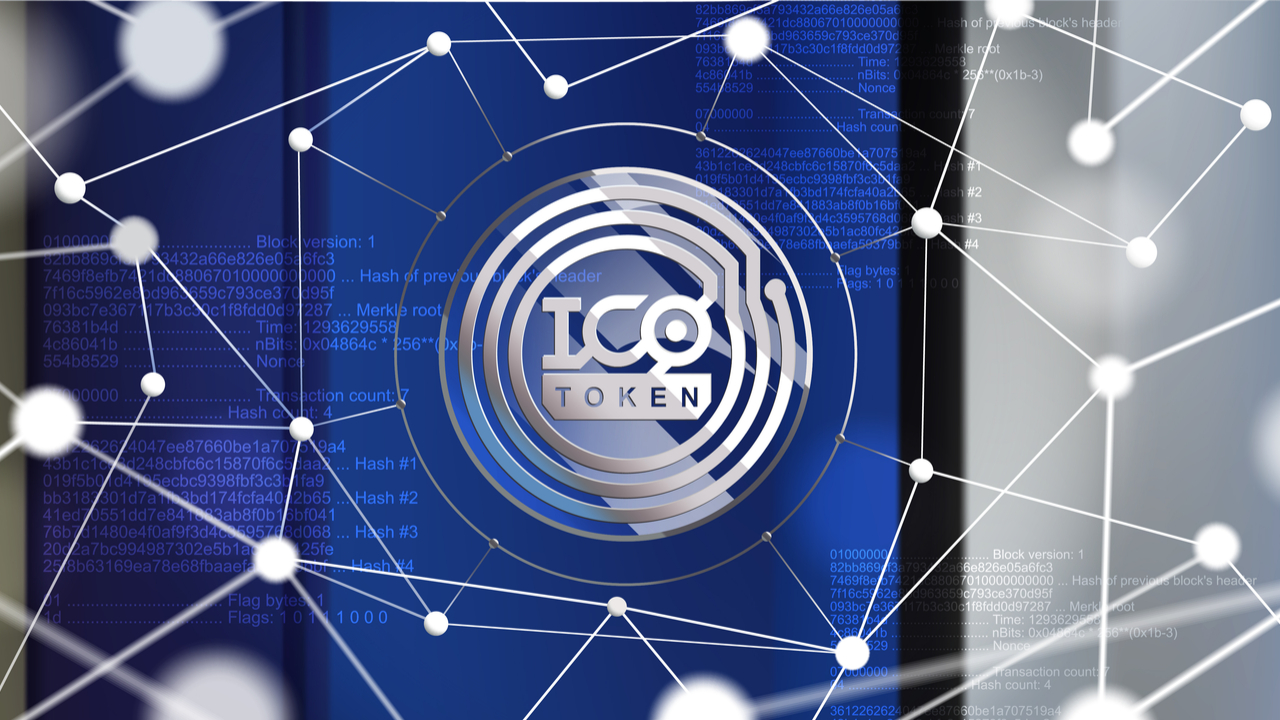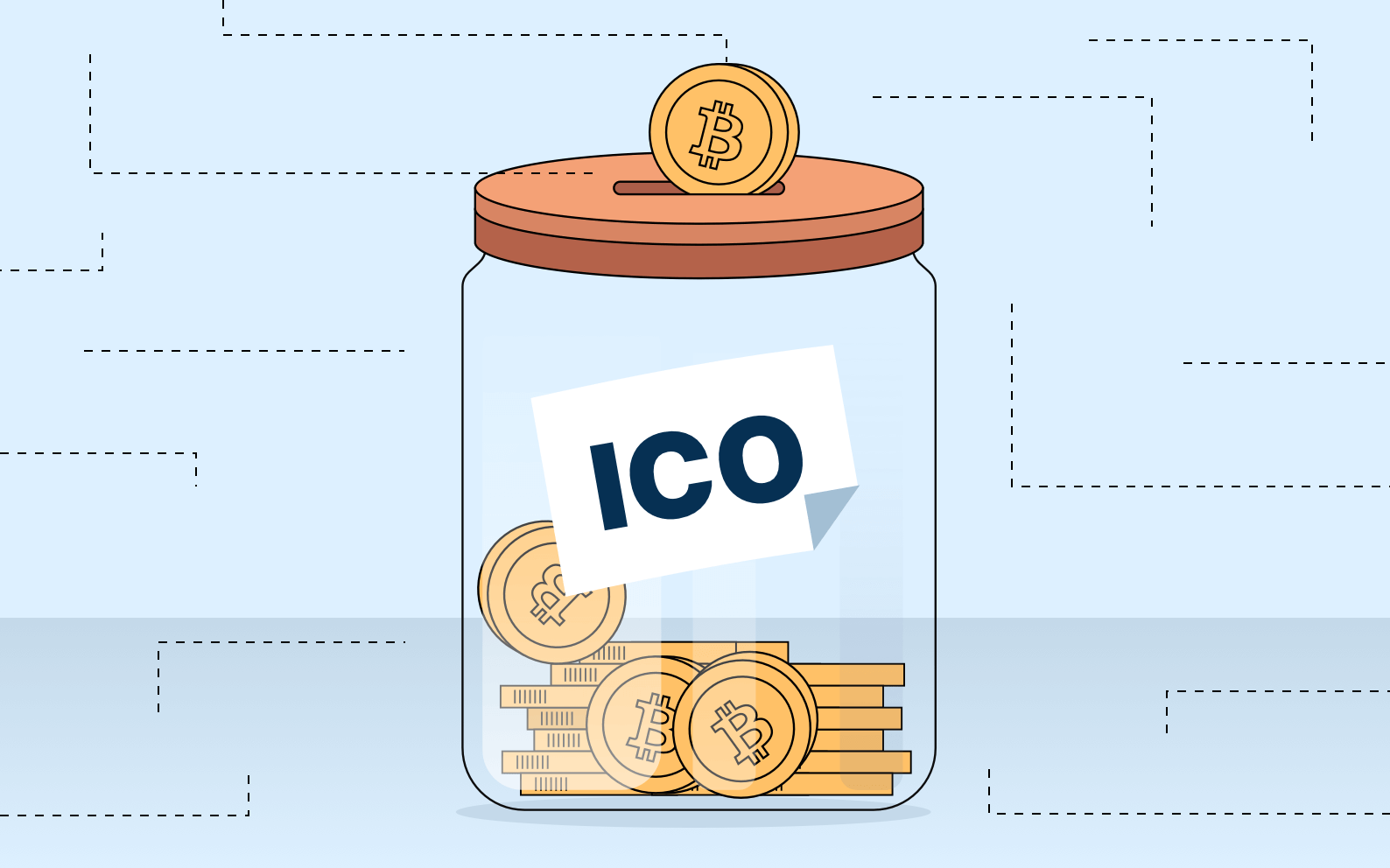If you’re curious about getting started with token sales and Initial Coin Offerings (ICOs), you’re not alone. These fundraising events have revolutionized the way blockchain projects raise capital, giving everyday people the chance to support innovative ideas and potentially profit along the way. But how do you jump in? Don’t worry, this guide has you covered! Let’s walk through everything you need to know to confidently participate in token sales and ICOs.
What are Token Sales and ICOs?
Imagine being able to funding in a company before it even launches its product. That’s what token sales and ICOs are like in the crypto world. Projects sell their native tokens to raise funds for development, marketing, or expansion. These tokens can represent access to services, governance rights, or even a stake in the project’s success.
For instance, Ethereum, one of the largest cryptocurrencies today, was initially funded through an ICO in 2014. Early investors who believed in the project saw incredible returns on their funds. But it’s not all sunshine and rainbows—there are risks, and we’ll cover those, too.
Understand the Basics
Before diving in, let’s nail down a few key concepts.
- What’s a Token?
Tokens are digital assets issued on a blockchain. They come in several types:- Utility Tokens: Used to access a platform or service (think of them like tickets).
- Security Tokens: Represent an investment or ownership in a project.
- Governance Tokens: Give holders voting power in a project’s development.
- How Do ICOs Work?
In an ICO, a blockchain project offers its tokens for sale to the public, often in exchange for established cryptocurrencies like Bitcoin or Ethereum. These tokens can later be traded on crypto exchanges, potentially increasing in value as the project grows.
Do Your Homework
Token sales can be exciting, but jumping in without research is like driving blindfolded. Here’s how to evaluate a project:
- Evaluate the Team
- Who’s behind the project? Are they experienced in blockchain or their respective field?
- Look for LinkedIn profiles, past projects, and a transparent team presence.
- Read the Whitepaper
A whitepaper is like a project’s business plan. It explains:- The problem the project aims to solve.
- The technology behind it.
- The token’s role in the ecosystem.
If the whitepaper is vague or overly technical, that could be a red flag.
- Check Community Activity
A strong project will have an engaged community on platforms like Telegram, Discord, or Twitter. Beware of projects with fake social media hype but no real substance.
Know the Legalities
Crypto regulations vary widely, so make sure you’re on the right side of the law.
- Check Your Country’s Laws:
Some countries ban ICOs altogether, while others allow them with strict regulations. Research your local laws to avoid trouble. - Beware of Scams:
Fake ICOs are everywhere. Be cautious of projects that promise unrealistic returns, have anonymous teams, or lack a working product.
Prepare for Participation
Once you’ve identified a solid project, it’s time to gear up.
- Create a Crypto Wallet
You’ll need a wallet to store your cryptocurrency and the tokens you’ll purchase.- Hot Wallets: Software-based (e.g., MetaMask, Trust Wallet). Convenient but more vulnerable to hacks.
- Cold Wallets: Hardware-based (e.g., Ledger, Trezor). Safer for long-term storage.
- Get Cryptocurrency
Most ICOs accept Ethereum (ETH) or Bitcoin (BTC). You can purchase these on crypto exchanges like Coinbase or Binance. Transfer the funds to your wallet for added security.
Participate in the Token Sale
Now comes the exciting part—taking tokens!
- Sign Up for the ICO
Visit the official website of the project. (Tip: Always double-check the URL to avoid phishing scams.) Register and complete the Know Your Customer (KYC) process, which may require you to submit ID verification. - Stay Updated on Sale Dates
ICOs often have a pre-sale phase for early investors before opening to the public. Mark your calendar to avoid missing out. - Send the Funds
Projects will provide a wallet address where you’ll send your cryptocurrency. Be extra careful here:- Copy-paste the address to avoid errors.
- Double-check that it’s the official address (cross-verify with multiple sources).
- Receive Your Tokens
After the transaction, you’ll get the tokens in your wallet either immediately or after the ICO ends. You may need to manually add the token to your wallet using its contract address.
Secure and Manage Your Tokens
Now that you’ve got your tokens, it’s important to keep them safe.
- Store Your Tokens Safely
- Use a hardware wallet for long-term storage.
- Avoid sharing your private keys with anyone.
- Monitor Token Performance
Keep an eye on your token’s value using platforms like CoinMarketCap or CoinGecko. - HODL or Trade?
Decide whether you want to hold onto your tokens for the long term or trade them when the price spikes. This depends on your investment strategy and the project’s progress.
Mitigate Risks
While ICOs can be rewarding, they’re not without risks. Here’s how to minimize them:
- Expect Volatility:
Token prices can swing wildly. Only invest money you can afford to lose. - Diversify Your Investments:
Don’t put all your funds into a single ICO. Spread your funds across different projects. - Stay Informed:
Follow credible news sources and join project communities to stay updated on developments.
Conclusion
Participating in token sales and ICOs can be an exciting way to get involved in the blockchain revolution. However, it’s essential to approach them with caution, thorough research, and a clear investment strategy. By following the steps outlined in this guide, you’ll be well-prepared to navigate the world of ICOs and make informed decisions.
So, are you ready to dive into the world of token sales? Remember, the key is to do your homework, stay cautious, and never invest more than you’re willing to lose.







